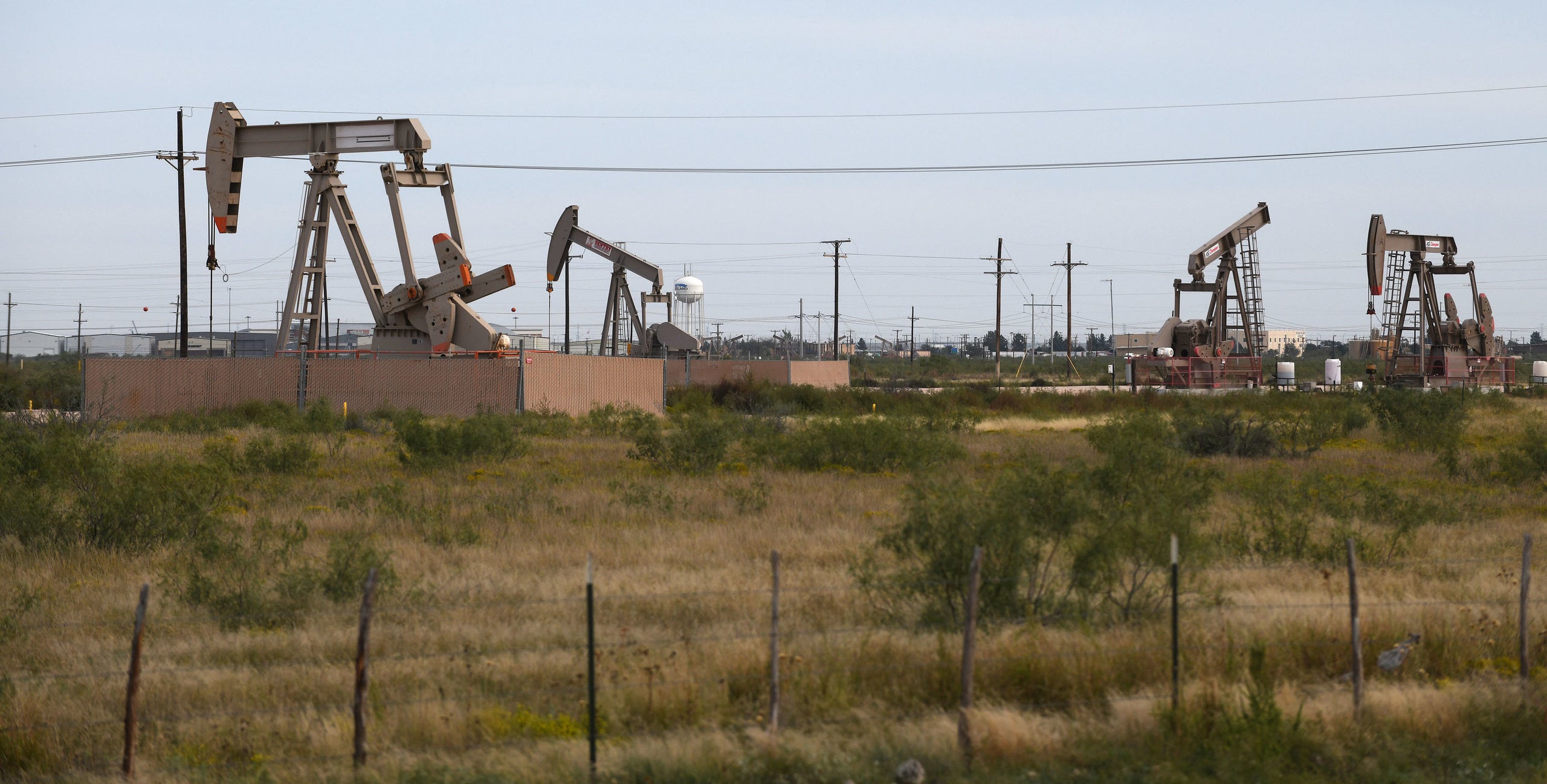
The Permian Basin won’t see any reduction in crude oil production this year. In fact, the U.S.. Energy Information Administration forecasts an 8% increase compared to 2023.
It expects crude oil production to average about 6.3 million barrels a day this year. The Permian Basin, where numerous Oklahoma oil and gas firms have operations, accounts for nearly half of U.S. crude oil production, and EIA expects increased production in the Permian and other regions will drive U.S. oil production to successive records in 2024 and 2025.
EIA has expanded its Short-Term Energy Outlook (STEO) forecasts to include regional trends in the primary oil and natural gas production regions in the United States—Appalachia, Bakken, Eagle Ford, Haynesville, and Permian.
“Incorporating regional forecasts of oil and natural gas production helps us tell a more comprehensive story of hydrocarbon production trends in the United States,” said EIA Administrator Joe DeCarolis.
“Consider the natural gas market, where we’ve seen prices decline far more rapidly than production. We knew that associated natural gas, which is produced as a byproduct of increasing crude oil production, was a driver of relatively stable natural gas production. Now our forecasts clearly show the important regional relationship of oil and natural gas production.”
EIA expects U.S. marketed natural gas production to decrease slightly more than 1% in 2024 in response to low natural gas prices. Production is forecast to increase in the Permian, Bakken, and Eagle Ford regions this year, while declining in the other major producing regions.
The decline in natural gas production included production in the A Anadarko Basin of which Oklahoma is a part. Production in May was 6,528 million cubic feet a day but the EIA anticipates production to be closer to 6,518 million cubic feet a day in June.
Other highlights from the June STEO include:
- EIA revised its forecasts for electricity consumption by customers in the U.S. commercial sector upward to reflect expectations for greater power demand from data centers. EIA forecasts that electricity consumption by the commercial sector will increase 3% this year. The largest revisions in EIA’s forecast are in the South Atlantic and West South Central regions; EIA expects 5% growth in commercial electricity demand in the South Atlantic region and 3% growth in the West South Central region this year.
- Summer electricity bills. EIA expects that residential electricity customers’ average monthly bills will be similar to last summer’s average: $173 compared with $168 last summer. EIA forecasts that the national average price of electricity will be about the same this summer as last summer, but that the average U.S. household will consume more electricity—primarily to power air conditioning. EIA will publish an additional supplement analyzing summer electricity usage and expenditures.
- Distillate fuel. EIA expects 1% more distillate fuel will be consumed in the United States in the second half of this year than in the same period last year, as increases in manufacturing lead to more on-highway trucking—the single largest end use of distillate fuel oil.
The full June 2024 STEO is available on the EIA website.




